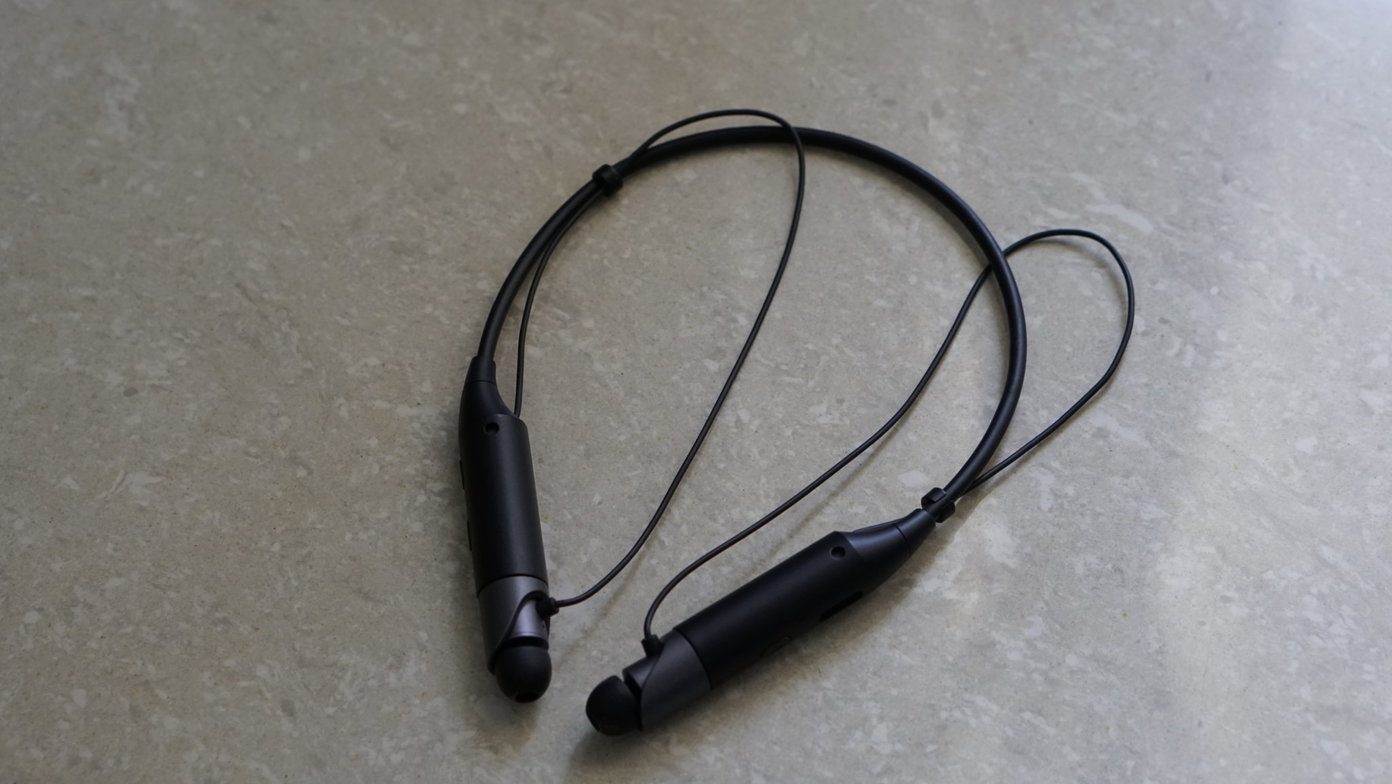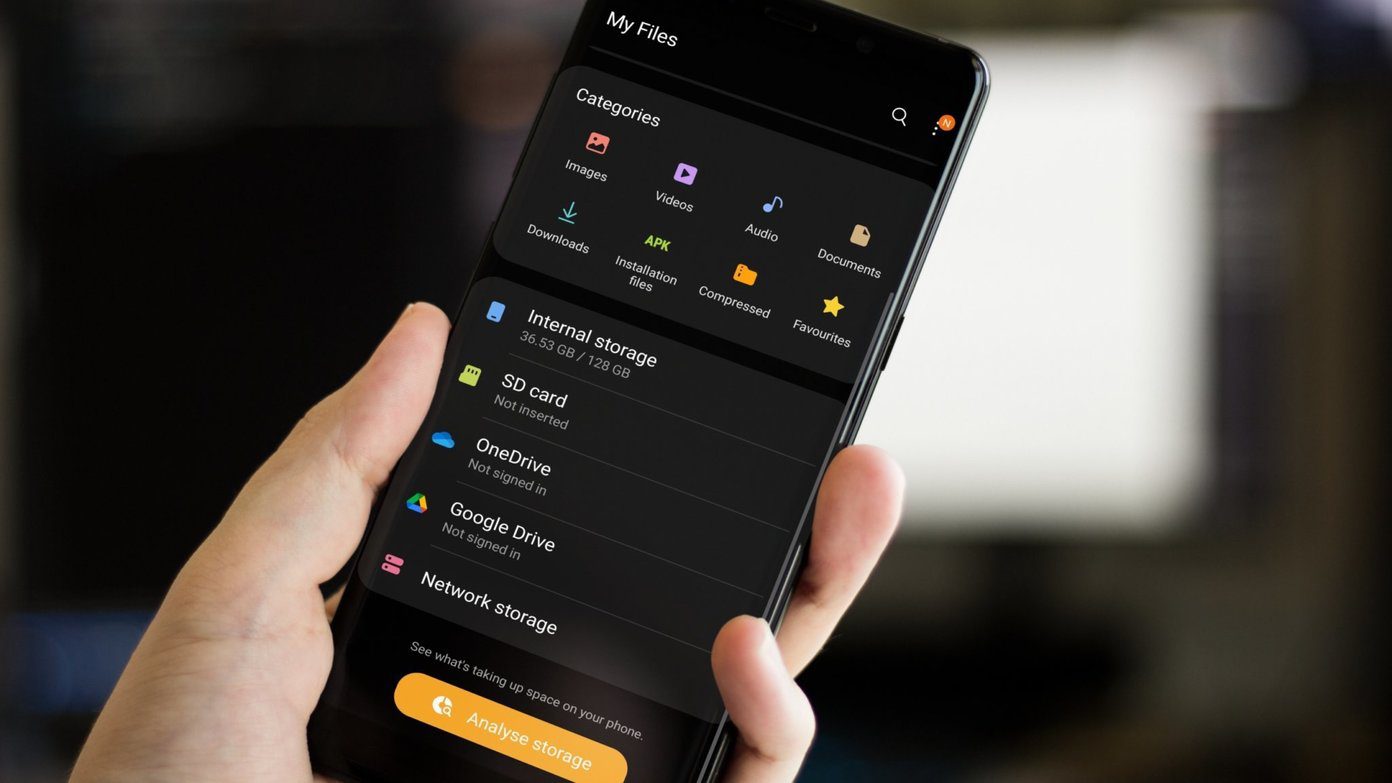That is why it pays to always have a backup of your email. Either offline, or in a separate email account altogether as we saw when we backed up Gmail using another Gmail account or used a solution like Mailstore. Gmvault is a neat little solution to accomplish both without as much as an Aspirin. I agree that there are dime a dozen solutions to backup, import and export emails, including inbuilt options in email clients. But give Gmvault a look-see for the sheer flexibility and ease. You might be surprised that an application that does not come with a GUI could be so nimble around your email accounts. Installing Gmvault is through the usual route – click on the installer, and Gmvault installs in your local user folder with standard user privileges. It gives you a desktop icon to launch the command line interface as you can see below.
Using Gmvault with Gmail
The second best thing about Gmvault (after its features) is that the developer website doesn’t have the look of a weekend project site. You have well-designed “how-to” sections. The first step through the website should take you to the well-illustrated page that shows how to configure Gmail before using Gmvault. Basically you have to configure the Forwarding and POP/IMAP settings by disabling the limit on number of emails per IMAP folders and making All Mail and Chats available on Gmail IMAP. When you launch Gmvault for the first time, you get the usual command window. If you are slightly confused, don’t be. Type gmvault -h and hit enter to display a list of the basic commands. Gmvault has three basic commands which sync (synchronize with a Gmail account), restore (restore to a Gmail account), and check (check and clean the Gmvault database) your Gmail account. You can type in gmvault sync –h to explore each of the commands. Syncing is the first option you will trigger to backup all your Gmail’s. It is simple: type gmvault sync [email protected] Press enter and Gmvault opens a browser window for authenticating with Gmail. Log into the correct Gmail account and grant Gmvault the access. After granting access, come back to Gmvault and hit enter again to start the syncing. Depending on the size of your email data, Gmvault connects to the Gmail server and starts the process of backing up Gmail to your computer. As you can see from the screen below, it is fetching 15000+ emails from my account, so expect it to take some time. It processed 50 emails in 1 minute 29 seconds and gave me an estimate of 7 hours for the remaining ones. But you will have to do this only the first time, as subsequent backups can be set to download the new emails alone, cutting short the time.
Transferring or Restoring To a Gmail Account (Or To a Different Account)
You can restore all your email messages to your current or a different Gmail account. Simply use the command gmvault restore [email protected] and Gmvault starts the restoration, transfer, and recovery of all your emails (with original labels preserved) to the account you specify in the above command. I am sure you were scared at first (or still are) looking at the menu-less and GUI-lacking interface of Gmvault. I hope the simple process outlined above has laid to rest your hesitation about using a command line tool. It is very simple, and actually simpler than many GUI tools. Gmvault is also cross-platform across Windows, Mac and Linux. There are some “advanced” but very useful features like Blowfish encryption, and resuming a halted backup process etc. But the core operations of transferring your Gmail accounts with a backup should hold you in good stead. The above article may contain affiliate links which help support Guiding Tech. However, it does not affect our editorial integrity. The content remains unbiased and authentic.












